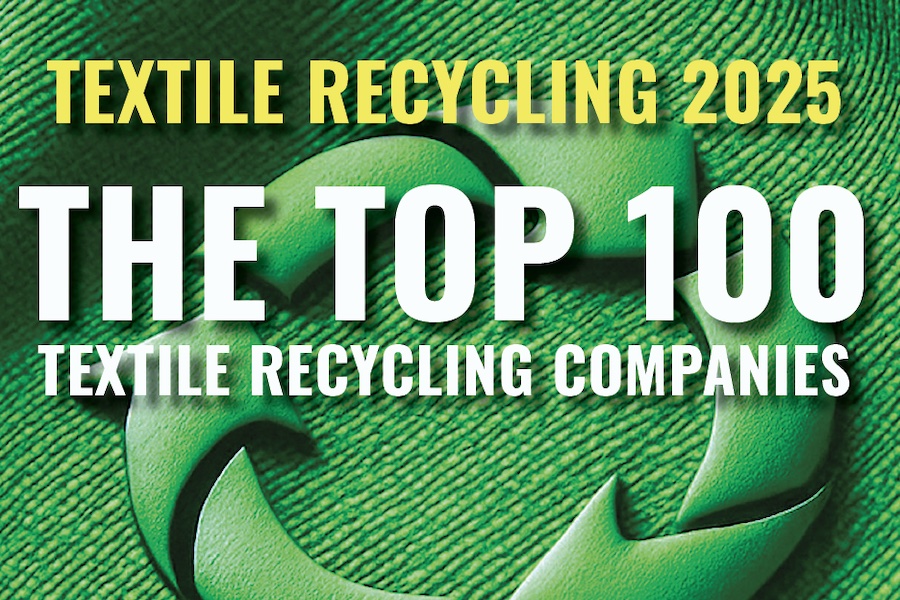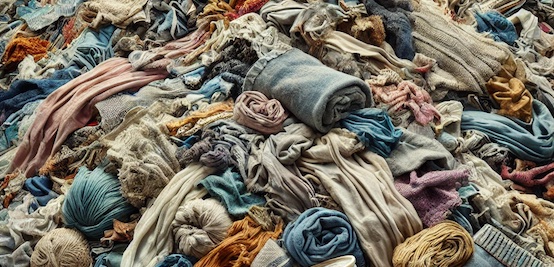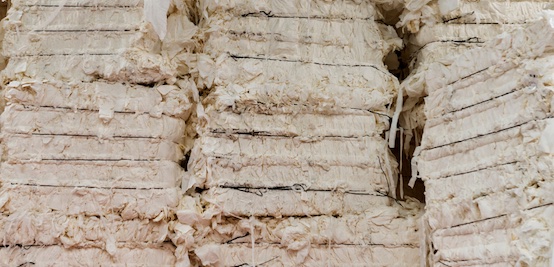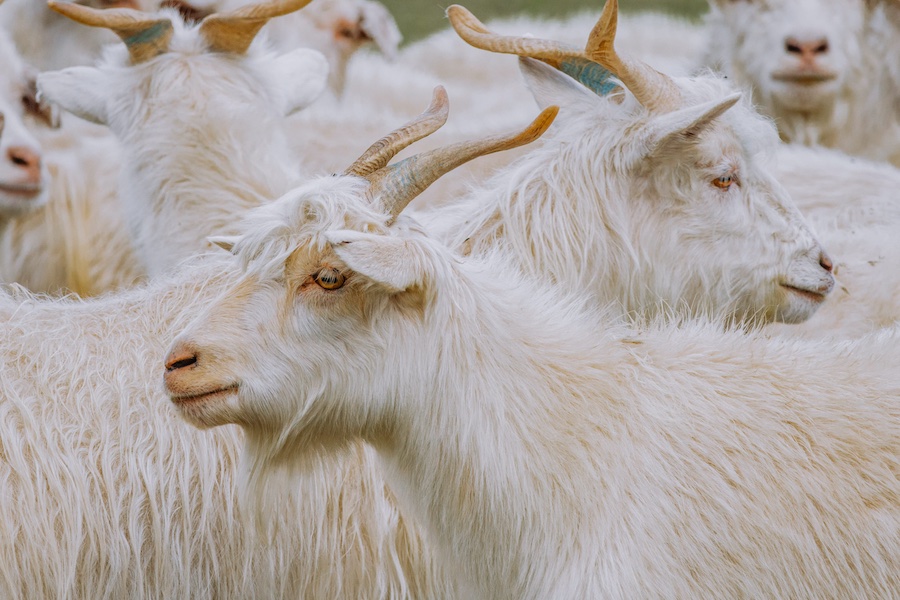#Market Analysis & Forecasts
Textile recycling market shows promising growth
Textile waste is the second-greatest pollution-generated industry in the global economy. Recycled textile products help to reduce textile waste landfills and protect the environment from pollution. Various global and regional players have entered the market. The growth in apparel and home furnishing industries and strict standards for textile waste further drive the global textile recycling market. The report estimates that the growth of the global textile recycling market, globally and regionally, will represent national and regional output growth rates. The demands in most countries are expected to grow going forward. The growth in the automotive industry and increasing textile waste collection further drive the global textile recycling market.
The rate of growth is expected to pick up in the coming years. The Asia-Pacific region, especially China, Japan, and India, should grow relatively faster over the next five years, but the impact on the total market growth rate is not expected to be significant enough to off-balance the slower growth rates in the West.
In terms of industrial GDP values, China and the U.S. are the largest globally. Japan and Germany are ranked third and fourth. The growth of these economies significantly helps the global textile recycling market. The growing per capita apparel consumption and demand for recycled textile fiber in developing countries further drive the global textile recycling market. The growing fashion trends and rise in middle-class families' disposable income further drive the global textile recycling market. The strict norms on textile landfills in North America and Europe provoke textile manufacturers to enter into the textile recycling business. Moreover, the high cost of textile landfills reduces the profit margins of the manufacturing industry. Thus, textile recycling production is a lucrative opportunity for textile manufacturers.
Additionally, continuous government support and policies for the textile recycling business drive the global textile recycling market. Due to the rise in the cost of textile landfills, various global textile manufacturers focus on collecting textile waste. These manufacturers collect pre-and post-consumer waste from industry, construction sites, local schools, charity houses, and households. The ease of availability of textile waste and the rise in advanced textile recycling technology attract global textile manufacturers' attention.
This post-consumer waste required enormous infrastructure for sorting the textile waste. The key global companies are trying to create partnerships, joint ventures, and collaborations with small and medium textile recycling companies for post-consumer textile waste. For instance, in 2022, India-based Arvind Limited created a joint venture with PurFi Global LLC. PurFi Global LLC develops textile fibers from post-consumer waste. This joint venture helped Arvind Limited to increase its fiber production from post-consumer textile waste.
Manufacturers widely accept mechanical processes for textile recycling. The mechanical process is one of the oldest and most-efficient procedures in the world. Due to the ease of use and availability of textile waste, the mechanical textile recycling process is preferred by developing countries. Whereas the chemical textile recycling process is in the research and development phase. The chemical textile recycling process requires a high initial investment, advanced equipment, specific chemicals, and skilled labor. The companies from North America and Europe are strategically shifting from mechanical to chemical processes. The chemical textile recycling process can produce highly pure and quality fiber compared to the mechanical process.
The report will include details about various types of materials used in textile recycling, end-use industries for textile recycling, distribution channels of textile recycling, types of textile waste, and processes of textile recycling. Estimated values are based on manufacturers' total revenues. Projected revenue values are in constant U.S. dollars, unadjusted for inflation. The report contains comprehensive information regarding the textile recycling industry and the users thereof.
The global textile recycling market is segmented into the following categories -
- Material type (polyester, cotton, nylon, wool).
- Process type (chemical and mechanical).
- Textile waste (post-consumer waste and pre-consumer waste).
- Distribution channel (online and offline).
- End-use (apparel, home furnishing, industrial).
- Region: North America, Europe, Asia-Pacific (APAC), and the rest of the world (RoW).
For more information about this report visit
https://www.researchandmarkets.com/r/f3cis9















